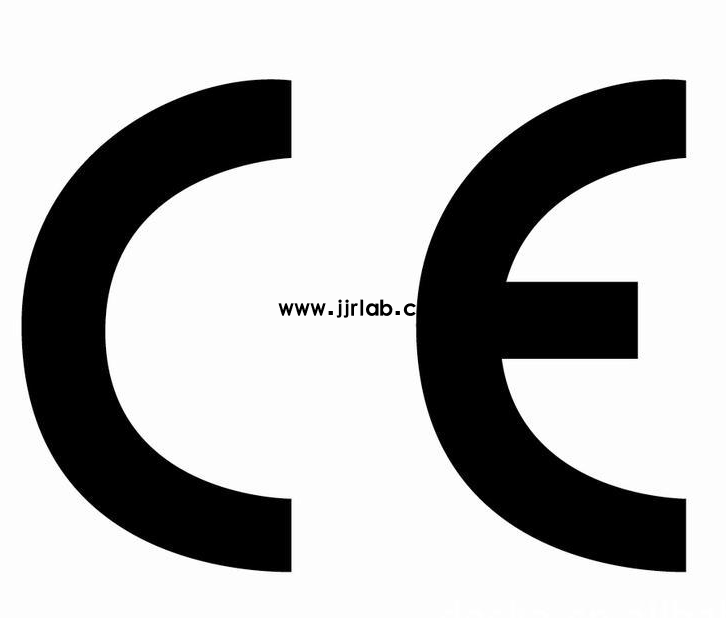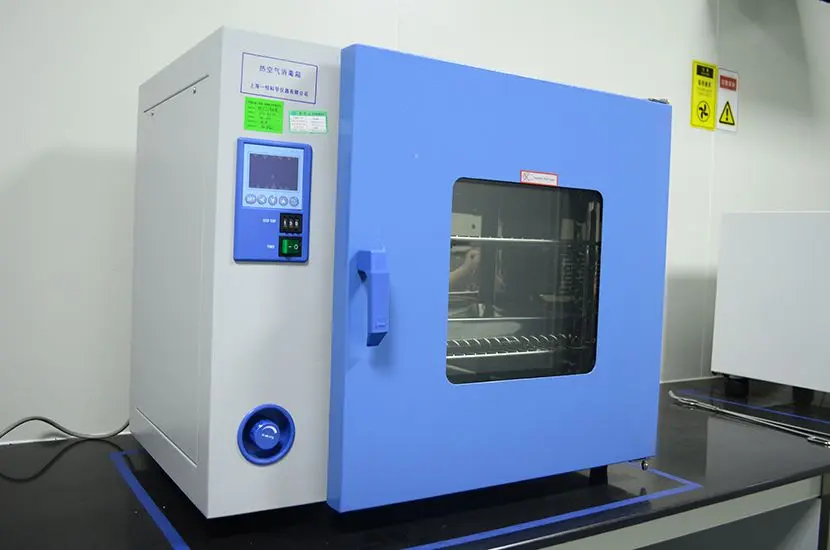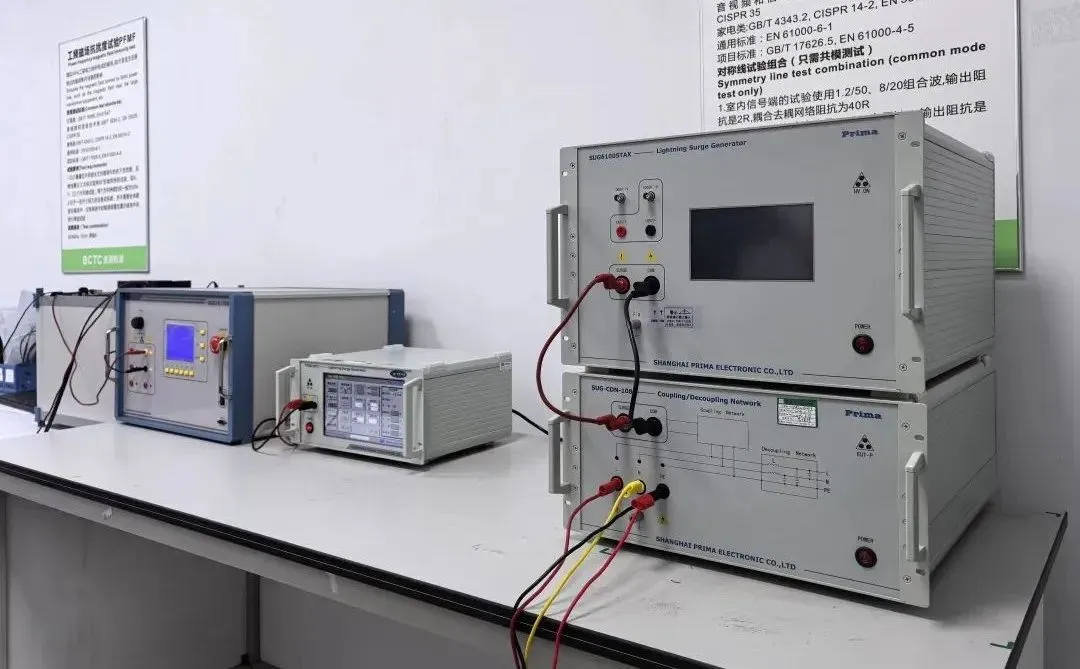
What is FCMs Testing?
The quality and safety of food contact materials (FCMs) have always been a significant concern worldwide. Food contact materials and products can influence the smell, taste, and color of food during contact. More critically, they may release toxic cheMICal components such as heavy metals and toxic additives. These chemicals can migrate into the food and be ingested by humans, posing health risks.
As the market for takeaway and packaged food continues to grow, while FCMs provide convenience, they also significantly increase food safety risks. In recent years, major trading countries have introduced increasingly stringent regULations and improved regulatory mechanisms to eliminate quality hazards and enhance the safety management of food contact materials.

What are FCMs?
Food Contact Materials (FCMs) refer to materials that come into direct contact with food during normal use. These materials include but are not limited to plastics, rubber, resins, silicone, metals, alloys, paper, cardboard, glass, ceramics, enamel, colorants, printing inks, etc. They are widely used in food packaging, tableware, kitchen utensils, food processing machinery, and kitchen appliances.
Common Materials for Testing:
The main materials tested include but are not limited to the following categories:
- Plastics: PP, PE, PPSU, PC, PS, PU, PVC, PA66, ABS, etc.
- Metals: Stainless steel (304, 316), aluminum alloy, antimony alloy, silver, etc.
- Ceramics and Glass: Ceramics, enamel, glass, crystal, agate, etc.
- Rubber and Silicone: EPDM, NBR, TPE, TPR, silicone, etc.
- Others: Cardboard, wood, coatings, printing inks, etc.
Common Products for Testing:
The main products tested include but are not limited to the following categories:
- Tableware: Knives, forks, bowls, chopsticks, spoons, cups, plates, etc.
- Kitchen Utensils: Pots, spatulas, cutting boards, stainless steel kitchen utensils, etc.
- Packaging: Various food packaging bags, beverage and food containers, etc.
- Appliances: Coffee machines, juicers, electric kettles, rice cookers, ovens, microwaves, etc.
- Baby Products: Baby bottles, pacifiers, sippy cups, etc.
- Processing Equipment: Production line food processing equipment, etc.
- Other: Any other food-contact products.
Why Conduct FCMs Testing?
The primary purpose of FCMs testing is to ensure that materials in direct or indirect contact with food do not contaminate or harm the food. The importance of these tests lies in verifying whether these materials release harmful substances, such as chemicals, heavy metals, or microorganisms, during use. These substances could migrate into the food, posing potential health risks to humans.
Overview of Global Regulations on Food Contact Materials
Globally, food contact material safety requirements can be broadly categorized into three major regions, each with specific legal and regulatory characteristics:
European Union (EU)
- EU Food-Grade Framework Regulation (EC) No. 1935/2004: Products sold within EU member states that come into contact with food must comply with this regulation. The framework regulation (EC) No. 1935/2004 summarizes the requirements and testing items for different materials that come into contact with food:
Plastic (Regulation: EU 10/2011):
- Overall Migration
- Soluble Heavy Metal
- Specific Migration such as Formaldehyde (For Melamine)
- Specific Migration of Primary Aromatic Amine (For PA)
Organic Coating (Regulation: AP(2004)1):
- Overall Migration
- Soluble Heavy Metal
- Specific Migration of BADGE, BADGE Derivatives, BFDGE, NOGE (For Epoxy Coating)
- Specific Migration of PFOS (For PTFE Coating)
Silicone Rubber (Regulation: AP(2004)5):
- Overall Migration
- Volatile Organic Compounds (VOM)
Rubber (Regulation: AP(2004)4, 93/11/EEC):
- Overall Migration
- Nitrosamine and Nitrosatable Substances
- Specific Migration of Primary Aromatic Amine
- Extractable Heavy Metal
- Pentachlorophenol (PCP) Migration
Paper (Regulation: AP(2002)1):
- Specific Migration of Benzophenone and 4-Methylbenzophenone
- Preservative Effect
- Migration of Colorants (Only for ColouRED Paper)
Metal (Regulation: EC No. 935/2004 & CM/Res(2013)9):
- Extractable Elements 21E (Ag, Al, Cu, Cr, Co, Fe, Mn, Mo, Ni, Sn, V, Zn, As, Ba, Be, Cd, Hg, Li, Pb, Sb, Ti)
Wood (Regulation: EC No. 1935/2004):
- Pentachlorophenol (PCP) Migration
Ceramic, Glass, Enamel (Regulation: 2005/31/EC, 84/500/EEC):
- Extractable Lead and Cadmium
- Additional Requirements in Germany, France, and Italy:
1. Germany: LFGB
2. France: French Decret 2007-766, DGCCRF Information Notice 2004/64 with amendments
3. Italy: Law No. 283 of 30.4.1962 and the Ministerial Decree of 21 March 1973 with its amendments
United States (USA)
- U.S. Food-Grade Regulations:
- U.S. FDA CFR 21 PART 175-189 & FDA CPG 7117.05, 06, 07:
- General requirements for containers and materials in contact with food:
- Manufacturers must operate under a GMP system (Good Manufacturing Practices).
- Use of materials approved by regulations (U.S. FDA CFR 21 Part 170-189).
- Raw materials must meet the technical specifications in the regulations (U.S. FDA CFR Part 170-189).
- Any new materials entering the market must be reviewed and approved by the U.S. FDA (similar to the EU's 2004/1935/EC regulation).
- California Proposition 65 (CA 65):
- Products exported to California must comply with California Proposition 65 requirements (covering parts in contact with food, external decorations, rim areas of cups).
- Covered products include:
- Glass and ceramic products used to store, carry, or contain food or beverages.
- Glass and ceramic products not in contact with food or beverages (household items).
- Additional Requirements for Ceramics and Glass:
- Soluble Lead and Cadmium:
- Areas in contact with food or beverages (e.g., the interior of cups and bowls).
- External decorative areas (e.g., patterns and colors on the surface of vessels).
- Rim areas (within 20mm from the edge).
- Dishwasher Safety Testing (UK):
- Dishwasher Safe: BS EN 12875-1
- Scope: Household items made of ceramics, glass, glass-ceramics, vitreous enamel, metal, and plastics.
- Testing Process:
1. Visually inspect the sample and record any appearance defects.
2. Place the sample in a dishwasher.
3. Add dishwasher detergent, close, and lock the dishwasher as per operating instructions.
4. Run the dishwasher for at least 125 cycles, followed by multiples of 250 cycles, including soaking, washing, and drying in each cycle.
5. Compare pre- and post-test samples and record findings in the report.
- Dishwasher Test Requirements:
- The sample passes if there is no breakage, chipping, cracking, discoloration, loss of gloss, deformation, or warping.
- Microwave Safety Testing (USA):
- Microwave Safe: ASTM C1607-12
- Scope: Ceramic ware.
- Purpose: To determine if the product is safe for heating food in a microwave oven. The test simulates typical microwave use conditions, measuring the maximum temperature and temperature difference of the product during microwave reheating.
Email:hello@jjrlab.com
Write your message here and send it to us
 European Authorized Representative for Medical Dev
European Authorized Representative for Medical Dev
 Low Voltage Testing Services
Low Voltage Testing Services
 Constructive Playthings Foam Block Toys Safety Sta
Constructive Playthings Foam Block Toys Safety Sta
 Prop 65 Textile Testing
Prop 65 Textile Testing
 Environmental Testing for Electronic Products
Environmental Testing for Electronic Products
 Food Packaging Testing Laboratories
Food Packaging Testing Laboratories
 What is CE Certification for Electrical Equipment?
What is CE Certification for Electrical Equipment?
 Requirements for EAC Declaration of Conformity (Do
Requirements for EAC Declaration of Conformity (Do
Leave us a message
24-hour online customer service at any time to respond, so that you worry!




